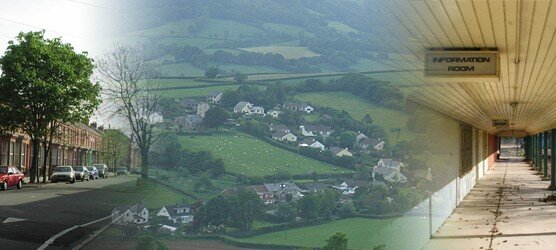Historic Characterisation

Historic Characterisation…
…is a well-established technique used by English Heritage and others to assist with managing change to the historic environment. It is particularly adapted for use in spatial planning or land management. One of its most common forms, county-scale ‘historic landscape characterisation’ and its urban equivalent is now available through Historic Environment Records (HERs) in most parts of England.
…produces an area-based generalised understanding of how places and landscapes have evolved and how their historic character might be appreciated. It is concerned with context and character rather than with individual sites and their fabric.
...there are many different techniques of historic characterisation tailored to different scales and circumstances. The main approaches used by English Heritage are summarised in Understanding Place: An Introduction.
...in one of its most common forms, county-scale ‘historic landscape characterisation’ and its metropolitan and urban equivalents, the results of historic characterisation are available through Historic Environment Records (HERs) in most parts of England. A new method for smaller areas - ‘historic areas assessment’ – has been published by EH for use mainly in towns and villages.
Historic Character
Every place, like every person, has its distinctive character, in large measure determined by its inherited features such as streets, hedges, archaeological sites, buildings or place names. Understanding this character is one of the starting points for deciding a place’s future, the first step in working out how places can be made better in the future.
Capitalising on the past
Characterisation offers a constructive approach to heritage and conservation. Its starting point is that any regeneration or development is set within an inherited landscape containing the remains of human activity, whether built or not, designed or ‘vernacular’, and (perhaps even more importantly) connected, whether physically or intangibly, to other parts of the historic environment. The most successful designs are those that recognise and capitalise on this.
As a tool for managing change strategically – giving us the big picture - it is very well suited to regeneration and place-making, and to informing a variety of strategic planning and management purposes. It is most useful when carried out as far upstream in the design and planning processes as possible. Traditional methods of heritage assessment and protection have their role at later, more detailed, stages but characterisation is a framework for early decisions.
Who should use it?
Because characterisation opens up heritage and its management to more varied and multiple viewpoints, personal as well as specialist, it is more open to absorbing and responding to community views. Because it takes place early in the process it is normally also less confrontational. It is not just a tool for planners or heritage managers, it can also be used profitably by developers, architects and master-planners, and it provides the perfect basis for public information and networking, as in Lincoln.
More information and examples of characterisation can be found on the English Heritage Characterisation webpages:
and on the HAA webpage.
What's New?
-
The National Heritage List for England is now live on the English Heritage website.
-
Welcome to the HER21 page. This page offers access to the full suite of HER21 project reports.
